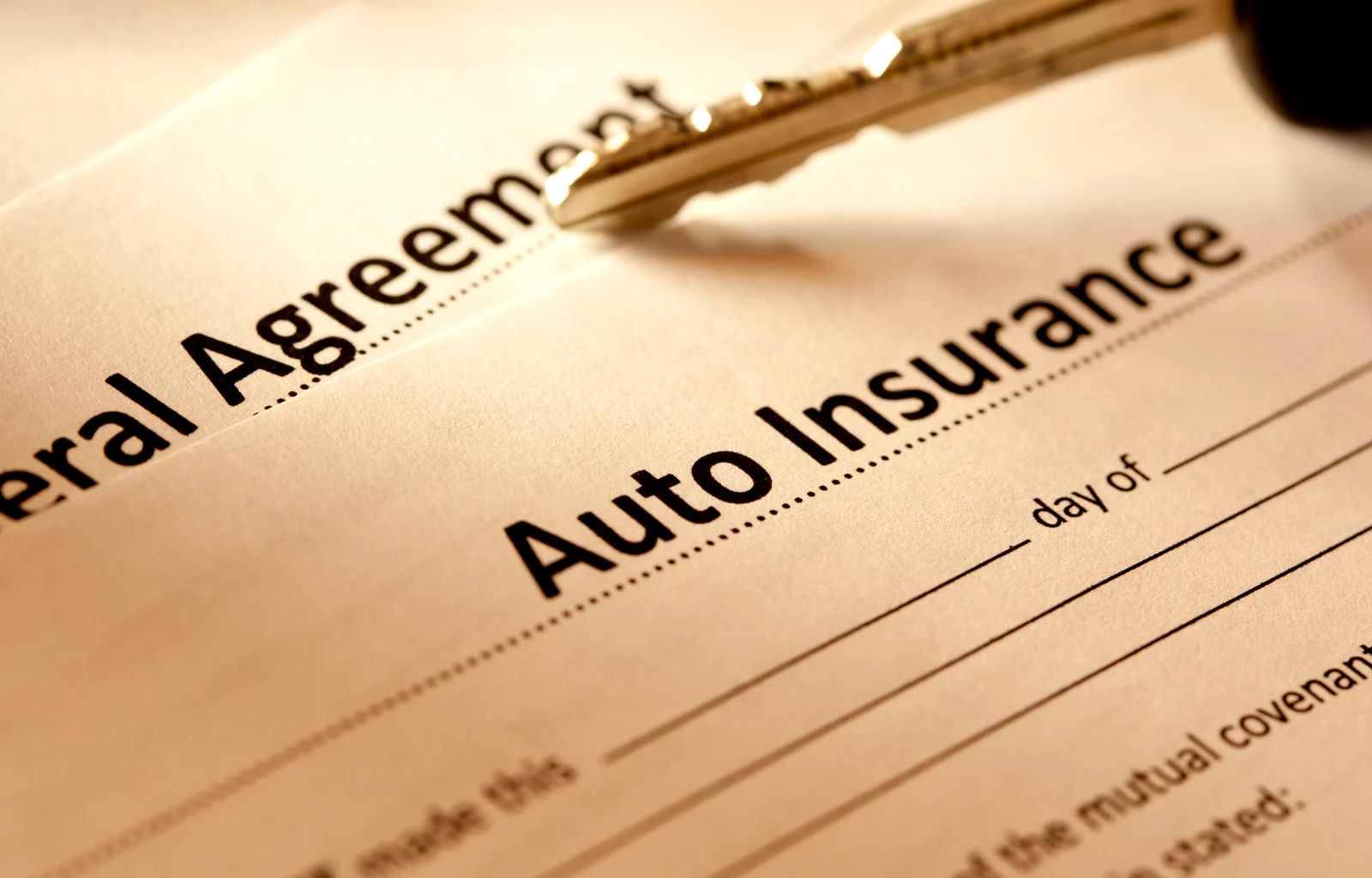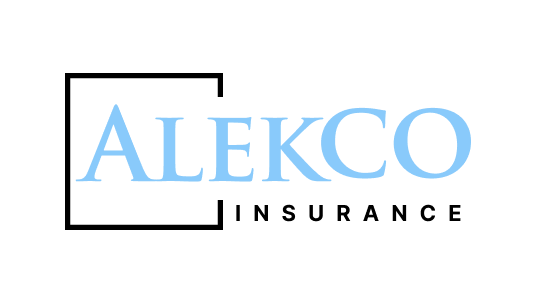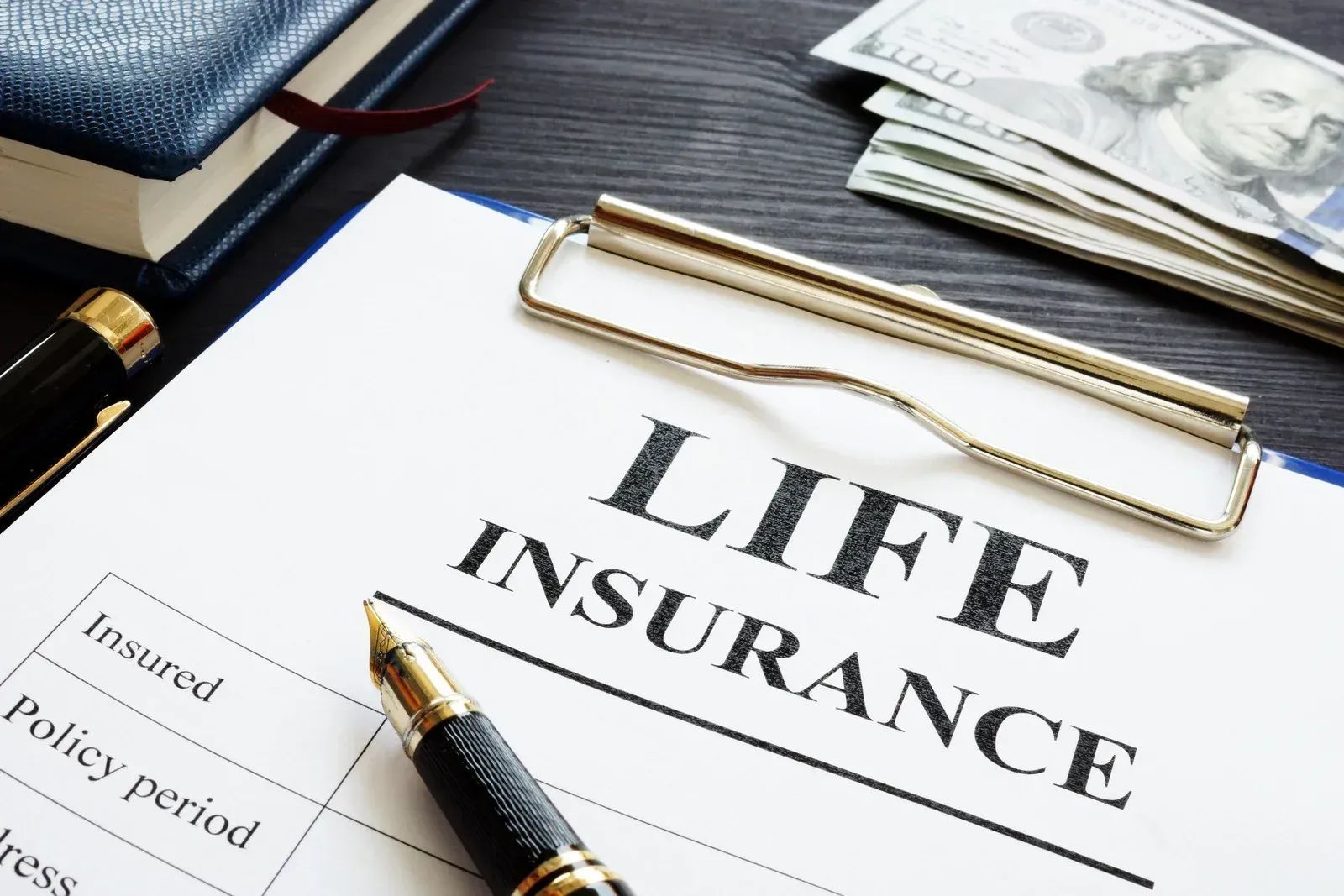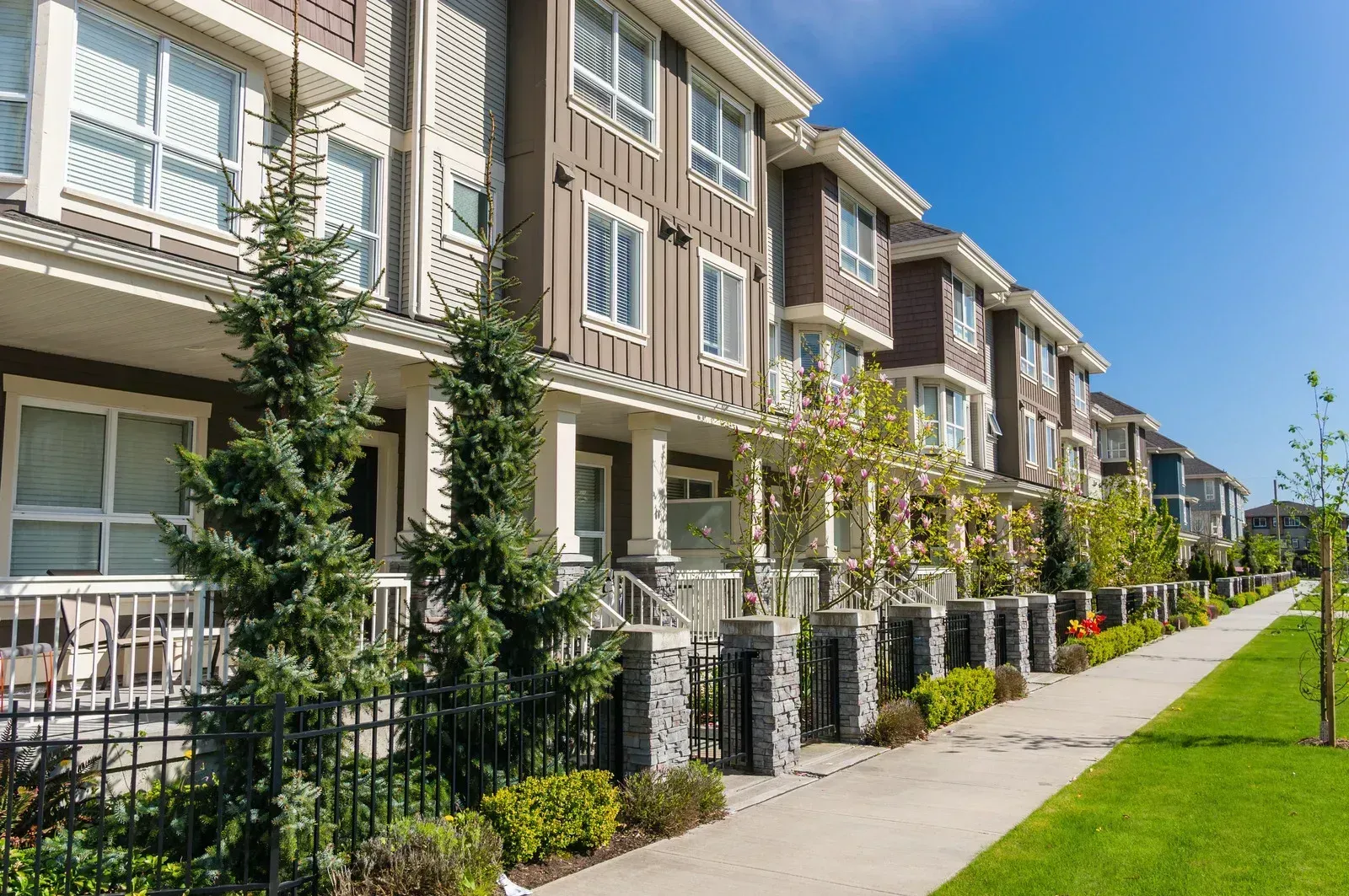Home Insurance Basics: What Is Typically Covered and What Isn’t
Purchasing a home is one of the most significant investments many people make in their lifetime. Protecting this investment through home insurance is crucial to safeguard against unforeseen events like natural disasters, theft, or accidents. However, understanding what home insurance actually covers—and what it doesn’t—can often be confusing. Most homeowners assume that everything in and around their home is automatically protected, but policies vary widely. By understanding the basics of home insurance coverage, you can ensure your property and belongings are adequately protected while avoiding unpleasant surprises when filing a claim.
Typical Coverage Areas
Home insurance policies generally cover four main areas: dwelling protection, personal property, liability protection, and additional living expenses. Dwelling protection covers the physical structure of your home, including walls, roof, floors, and built-in appliances, in the event of damage caused by covered perils like fire, lightning, windstorms, or hail. Personal property coverage protects items such as furniture, electronics, clothing, and other possessions from theft or damage. Liability protection helps cover legal costs and medical expenses if someone is injured on your property, while additional living expenses cover temporary housing costs if your home becomes uninhabitable due to a covered event.
Common Exclusions
While home insurance provides broad protection, certain damages and situations are typically not covered. Standard policies often exclude damage caused by floods, earthquakes, and routine wear and tear. For instance, flood damage requires a separate flood insurance policy, and earthquake coverage may need a specialized endorsement. Maintenance-related issues, such as mold resulting from poor upkeep or gradual damage from plumbing leaks, are also usually excluded. High-value items like jewelry, artwork, or collectibles might have limited coverage unless you purchase additional endorsements or floaters to protect these items specifically.
Optional Add-Ons and Endorsements
Homeowners can often customize their policies with optional add-ons to cover risks not included in the standard policy. Common endorsements include water backup coverage, identity theft protection, and extended replacement cost for your dwelling. Adding these protections can bridge gaps in coverage and provide peace of mind, ensuring that your home and belongings are comprehensively protected against a wider range of risks.
Tips for Choosing the Right Coverage
To maximize protection, homeowners should carefully evaluate their property, possessions, and personal risk factors. Regularly reviewing and updating your policy ensures coverage aligns with the current value of your home and belongings. Maintaining a detailed inventory of your possessions and understanding policy limits can prevent coverage shortfalls when you need it most. Consulting with an experienced insurance agent can also help you identify gaps and recommend the best coverage options tailored to your needs.
Protect Your Home with Alekco Insurance
Understanding the scope of home insurance coverage is essential to safeguarding your investment and achieving peace of mind. Alekco Insurance, based in Ames, Iowa, has over 15 years of experience helping homeowners navigate the complexities of insurance. Their knowledgeable agents assist clients in selecting policies that protect both the structure of the home and the belongings within it, while also identifying potential gaps in coverage. Whether you are purchasing your first home or updating your current policy, Alekco Insurance provides trusted, personalized guidance to ensure your home is properly protected.





